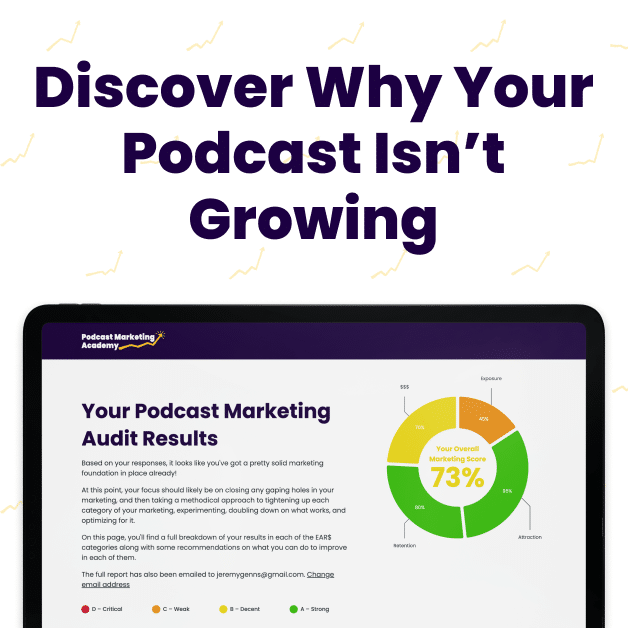Imagine you’re trying to convince a friend to check out one of your favourite bands.
You know they’ll enjoy their music, but you first have to get them to listen.
You could start with the genre, of course. But genres–while helpful–are also incredibly broad.
A better approach is to use another artist your friend is already aware of as a reference point and then add on the differentiators.
“They’re kind of like if Lady Gaga fronted a metal band.”
“Think the folk version of the Foo Fighters.”
“If Billie Eilish and Ed Sheeran had a baby, this would be what it sounds like.”
I think of these descriptions as Anchors and Associations.
And when it comes to earning that first play, they are among our most effective tools.
One of the biggest hurdles we face in growing a podcast is getting the people who we know would benefit interested enough to listen to just one episode.
Establishing Anchors & Associations by using content our potential listeners are already familiar with helps them visualize what our show is like before they listen.
But it also is an opportunity to build intrigue.
Who isn’t curious about a Lady Gaga-fronted metal band after all?
The Anchors & Associations you choose might be other better-known podcasts but they don’t need to be limited to the podcast medium.
Draw on the ideas, tone, and formats of TV, blogs, YouTube channels to help your potential listeners triangulate the position of your show based on content they’re already aware of.
I first learned this technique from podcast host Jay Acunzo, who uses it to describe both his shows Unthinkable (Radiolab for creators) and 3 Clips (Song Exploder meets Inside The Actor’s Studio – for podcasters).
In each of these examples, as long as you’re familiar with the source material, you’ll be able to get a pretty good sense of whether or not the content is worth a closer look.
Without a stable reference point, however, our listeners are left to guess at what the show might be like, and as we’ve discussed previously, a confused mind always says “no”.
By providing one or more known reference points early, we’re able to shape the narrative and create intrigue.
No matter how unique your show, it didn’t emerge out of the ether.
Find reference points your audience is familiar with and use them as Anchors & Associations to communicate the value and vibe of your show without potential listeners ever having to listen.
Less confusion.
More listeners.





